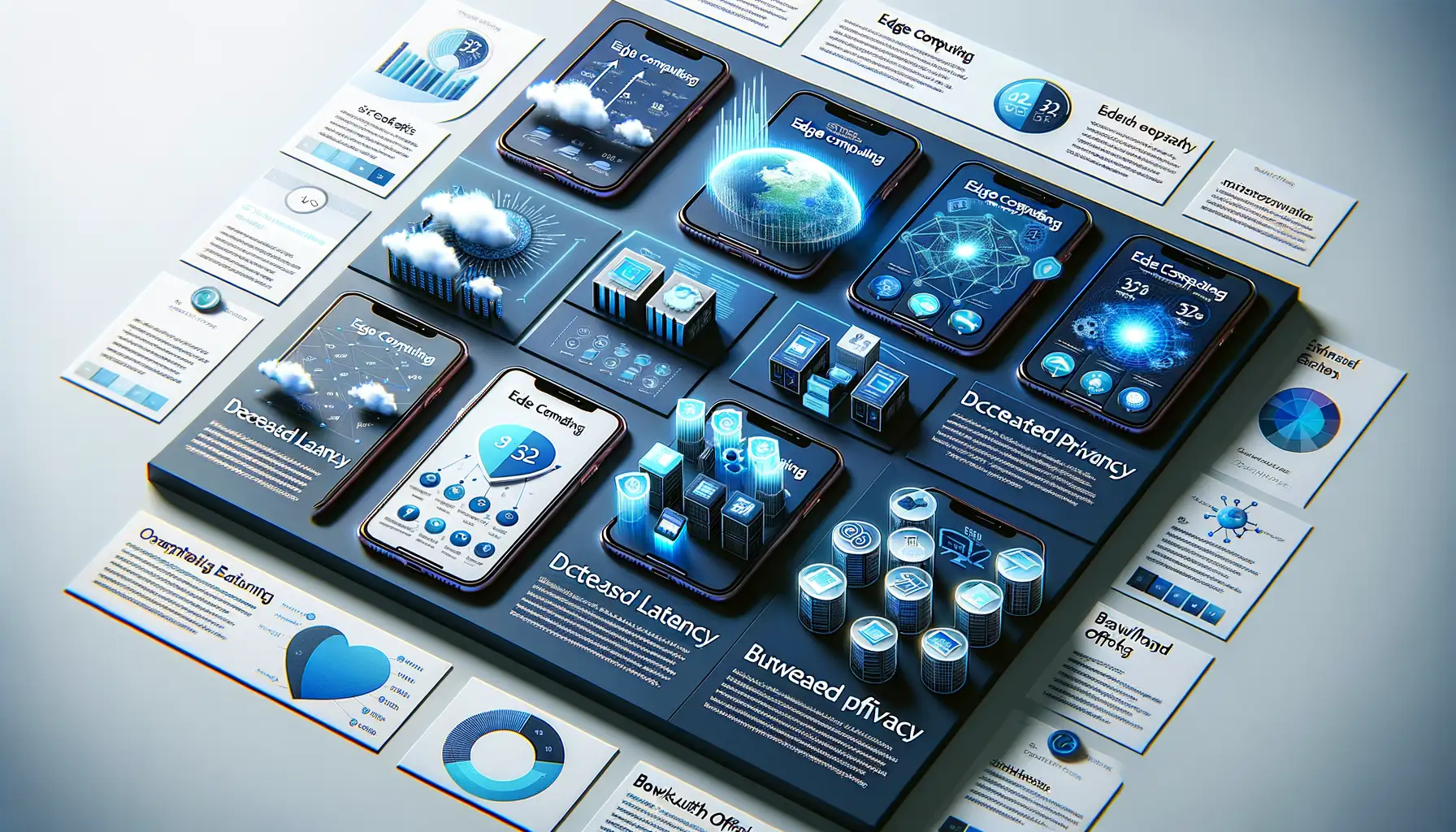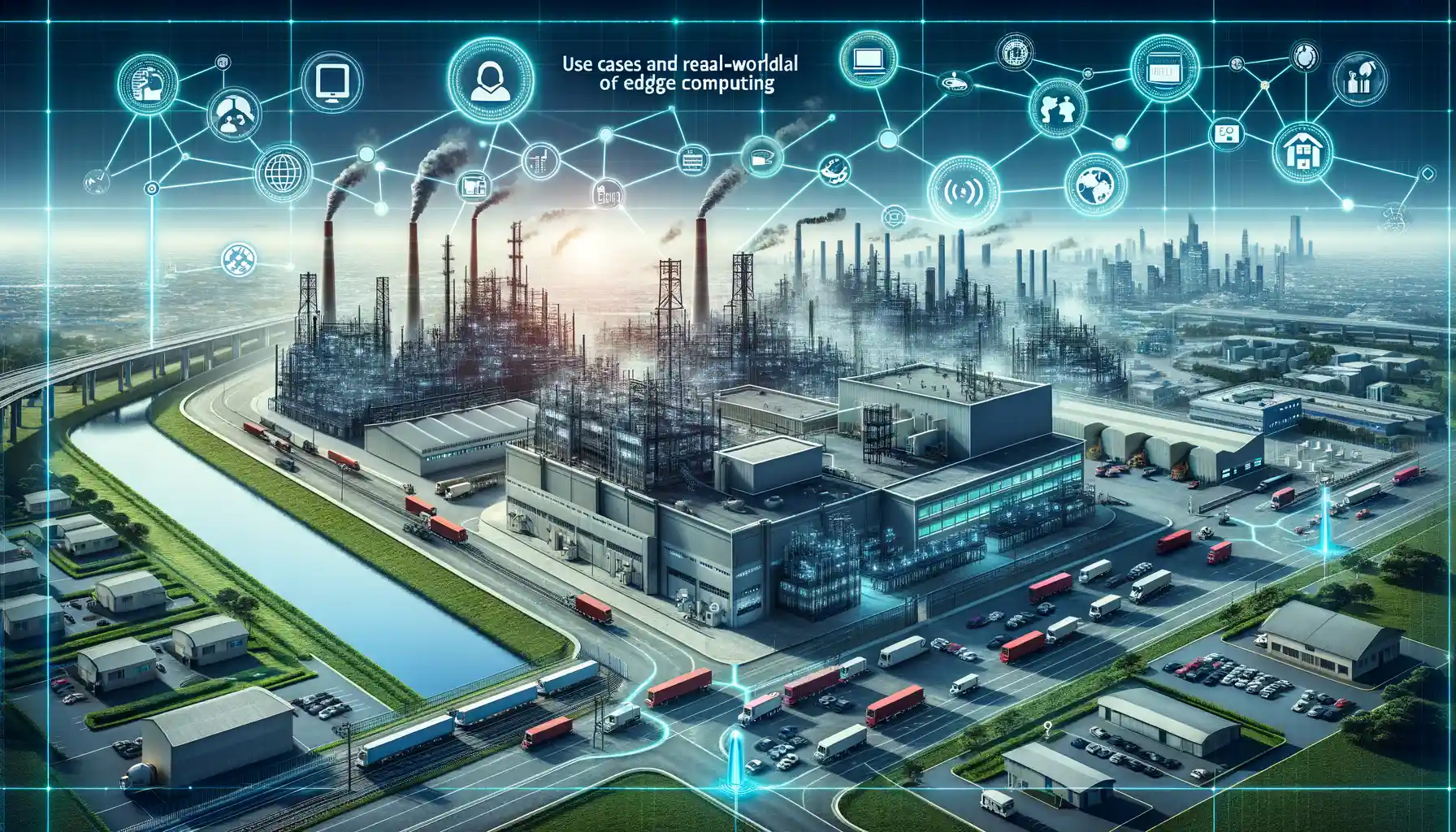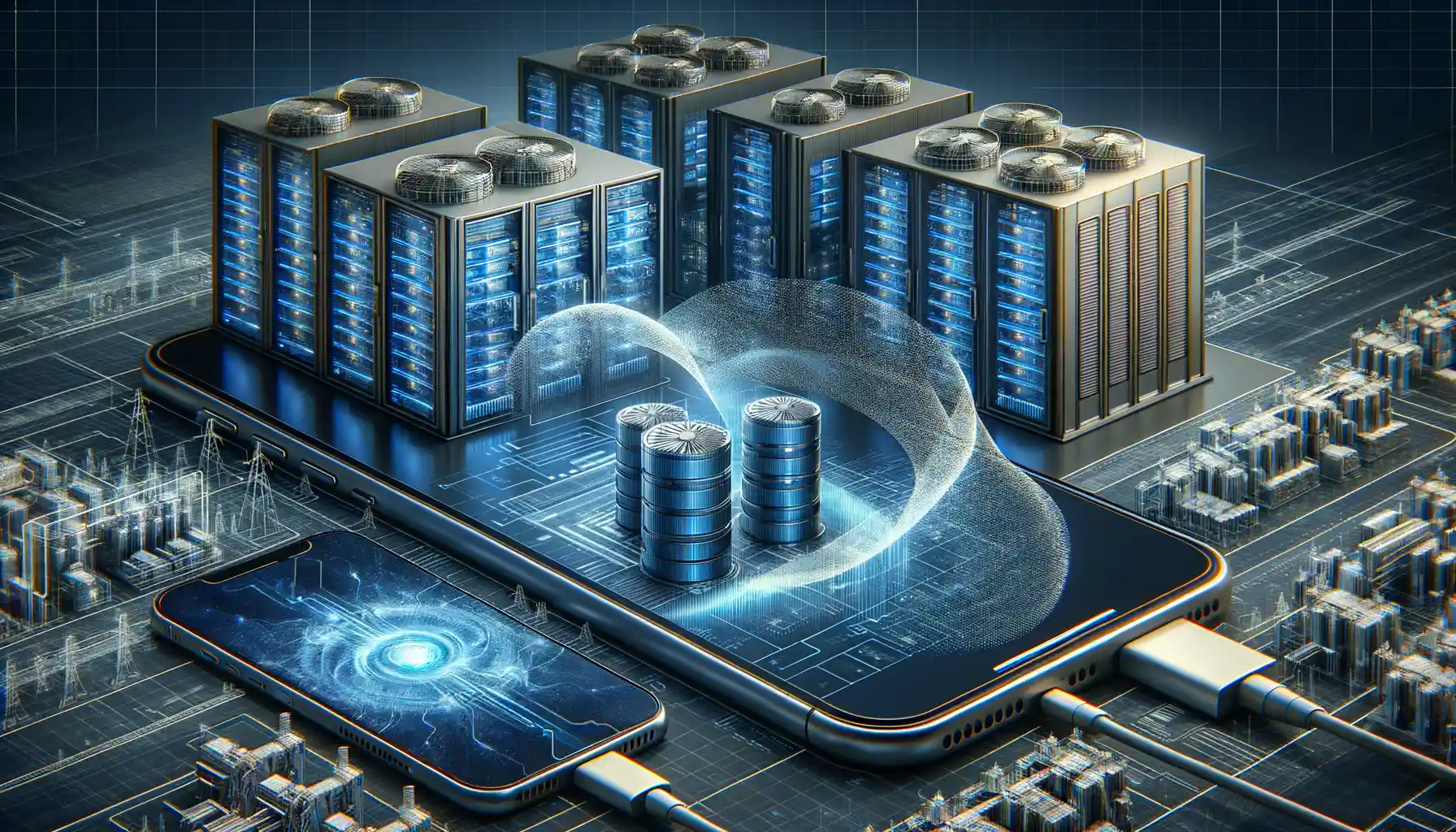Introduction to Edge Computing for Mobile Applications
Imagine this: You’re using your favorite mobile app, and everything feels lightning-fast. Video streams seamlessly, notifications pop up instantly, and even real-time features like augmented reality work as if by magic. How does this happen? The answer lies in the revolutionary concept of edge computing. It’s a game-changer for mobile apps, taking performance and user experience to a whole new level.
Why Traditional Systems Can Feel Like a Traffic Jam
Here’s the issue with traditional cloud-based systems: they rely on sending data back and forth to centralized servers. Picture thousands of cars merging onto a single highway during rush hour—inevitable delays, right? This is precisely what happens when mobile apps contend with heavy traffic to the cloud. But edge computing flips the script by processing data closer to where it’s created—on the “edge” of the network.
Instead of your data taking a long cross-country journey, edge devices like smartphones and local servers handle most of the work. This means faster response times, less lag, and smoother interactions. Think of it as upgrading from a crowded city bus to your own high-speed sports car.
Key Features That Make Edge Computing Stand Out
So, what makes edge computing such a hero for mobile apps? Let’s break it down:
- Ultra-Low Latency: Your apps respond in a flash, without the “buffering blues.”
- Improved Reliability: Even in areas with spotty connectivity, edge networks keep apps running smoothly.
- Enhanced Security: Sensitive data stays close to the user, reducing risks during data transit.
In essence, edge computing brings the power closer to you—whether it’s helping gamers crush their virtual foes or letting medical apps deliver critical real-time updates. It’s not just tech evolution; it’s a revolution that’s reshaping how we interact with our favorite mobile tools.
Key Benefits of Edge Computing in Mobile Development

Unleashing Speed and Efficiency Like Never Before
Imagine your mobile app responding faster than a cat pouncing on a laser pointer. That’s the magic of edge computing. By processing data closer to the user—on their device or nearby servers—you ditch the old-school reliance on distant cloud centers. This means reduced latency and near-instantaneous responses. Whether it’s a gaming app where milliseconds matter or a navigation tool saving you from traffic gridlock, every second counts.
And hey, let’s not stop at speed. Edge computing also minimizes bandwidth usage. Think about it: instead of sending heaps of raw data back and forth to the cloud, only essential information makes the trip. Your app not only feels zippy but also helps users avoid those dreaded “you’ve used 90% of your data” notifications.
Empowering Smarter Mobile Experiences
Here’s the kicker—edge computing isn’t just about fast apps; it’s about *smarter* ones.
- Personalization: With real-time data at its fingertips, your app can tailor experiences with surgical precision, like suggesting dinner spots before hunger strikes.
- Reliability: Even in patchy network zones, edge-powered apps maintain functionality, because they depend less on always-online connections.
- Security: Sensitive data stays closer to home (the device), reducing the risks involved in transferring it to big, distant servers.
Edge computing is transforming mobile development into an art form, where speed, intelligence, and user satisfaction paint the perfect picture.
Use Cases and Real-World Applications of Edge Computing

Transforming Industries with Edge Computing
Imagine this: you’re playing an intense online mobile game. Every millisecond counts, and then—lag hits. Frustrating, right? This is exactly where edge computing shines, and the magic doesn’t stop at gaming. By processing data closer to where it’s generated, edge technology is revolutionizing how industries operate.
Take smart cities, for example. Picture streets lined with traffic sensors that communicate instantly with your ride-sharing app, rerouting drivers and saving you precious minutes. Or consider wearable health devices that, instead of sending all data to distant servers, analyze critical stats (like heart rates) in real-time and alert doctors within seconds if something’s wrong.
But wait, there’s more:
- Retail: Personalized shopping recommendations delivered in-store, right as customers browse shelves.
- AR/VR: Seamless augmented reality experiences on your phone or in mobile apps, free from frustrating lag.
- Autonomous Vehicles: Rapid decision-making for self-driving cars, avoiding accidents and ensuring safe navigation.
Edge computing isn’t just a technical upgrade; it’s a quiet revolution reshaping everything from entertainment to emergency response systems. Who knew so much power could sit so close to home?
Empowering Mobile Developers with Edge Innovation
For mobile developers, edge computing isn’t just a buzzword—it’s their canvas for crafting faster, smarter, and more dynamic user experiences. Think about apps that can run offline-first. A real-world example? Delivery apps that sync orders, routes, and updates locally on a driver’s phone without always relying on the cloud.
Or how about apps leveraging edge AI to recognize photos or voices in split seconds, all while respecting user privacy? Users’ data stays local, secure, and under their control—an edge benefit that’s winning hearts in an age of growing privacy concerns. Ultimately, edge computing equips developers to sidestep network bottlenecks, cut operational costs, and build the kind of apps that leave users asking, “How does this even work so fast?!”
Challenges and Limitations of Implementing Edge Computing

Overcoming Technical and Resource Roadblocks
Picture this: you’re deploying an advanced mobile app closer to users through edge computing. Sounds exciting, right? But here’s the catch – not everything glitters. Implementing edge computing can feel like climbing a steep mountain if unprepared.
Infrastructure mismatches are one of the thorniest issues. Many existing systems simply aren’t built to handle edge processing. Upgrading or rethinking infrastructure can be a costly and time-intensive endeavor. On top of that, developers sometimes wrestle with finding reliable, consistent connectivity between devices and edge servers. It’s like trying to build a bridge in the dark – challenging and frustrating!
And let’s not forget about data security. Processing data at the edge might reduce latency, but it opens up new vulnerabilities. How do you secure sensitive user data dispersed across multiple nodes? The risks can loom large if airtight protection isn’t prioritized.
While these challenges aren’t insurmountable, they often demand thoughtful strategy, adaptability, and, let’s face it, a good dose of patience. Yes, innovation has its hurdles, but the rewards? They can be incredible.
Future Trends and the Role of Edge Computing in Mobile Innovation

Bridging Real-Time Demands and Innovation
The future of mobile apps isn’t just an evolution—it’s a revolution, and at the heart of this transformation lies edge computing. Imagine seamless augmented reality (AR) shopping experiences where virtual outfits respond in real time, or autonomous drones delivering packages while making instant decisions—this isn’t sci-fi. It’s the power of processing data as close to the user as possible.
As mobile innovation grows, the demand for low-latency solutions will skyrocket. Streaming 8K videos on the go? Check. Smart cities communicating with mobile devices to automate traffic? Absolutely. The edge isn’t just a technical buzzword; it’s the enabler of these breathtaking possibilities.
- 5G and Edge Computing: Together, they’ll deliver supercharged mobile performance, bringing latency down to milliseconds.
- AI on the Go: Edge computing will empower AI applications to run directly on phones, enabling predictive personal assistants or real-time language translation offline.
Personalized, Smarter Mobile Experiences
What if your device knew you so well it could predict your travel route during rush hour, optimize battery life based on usage patterns, and adjust app performance automatically? Thanks to edge computing, this isn’t wishful thinking—it’s what’s ahead.
By keeping data local, edge ensures apps can learn about us faster while safeguarding our privacy. Think of a fitness app that processes your movement data directly on your wearable, sharing only anonymized insights with the cloud. It’s not just smart; it’s considerate. Edge computing is gearing up to make every tap and swipe more responsive, relevant, and secure.


